14+ Best Horror Franchises
Horror movie franchises that have helped define the horror genre and pop culture.
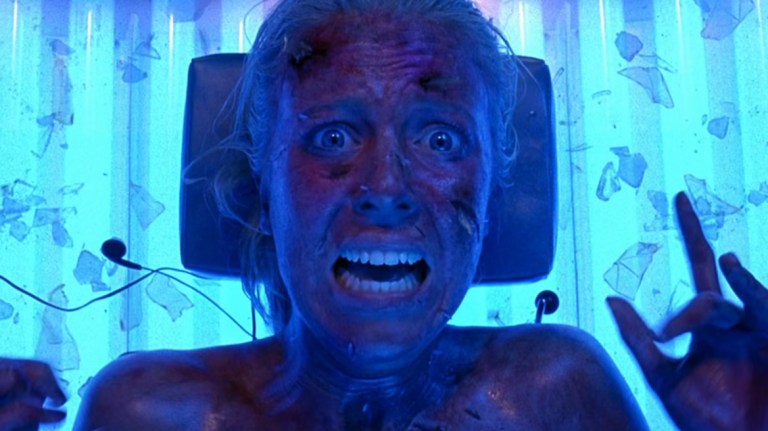
Table of Contents
What makes an enduring horror franchise? A calculative culprit? Sadistic spirits? Killer clowns? Demonic Dolls? Whether boasting a disturbed antagonist or blood-curdling creatures, the horror movies that warrant sequels, trilogies, tetralogies, and so on, have a way of centering the threats that lurk in the shadows. They tap into the terrors that traipse through our nightmares.
Horror movies—campy or grave—make the implausible tangible. Objectivity and disbelief are suspended. Sucked into the screen, viewers hold their knees and cover their eyes as innocents become victims and former victims become predators. And when the theater lights turn on, and a communal sigh of relief issues forth, one question enters the minds of all horror enthusiasts: when does the next one come out?
This list highlights horror franchises that stand the test of time, remaining the most binge-worthy of the bunch when prepping for a horror movie marathon.
Best Horror Franchises
The Texas Chainsaw Massacre
Launch Year: 1974
Via documentary-style camerawork, 1974’s The Texas Chainsaw Massacre achieves unparalleled levels of suspense, making it one of the greatest slasher films of all time. The premiere film follows five teenagers who travel to rural Texas to visit a gravesite. On their way, they stumble upon a seemingly abandoned home. Little do they know, inside waits a chainsaw-wielding man hidden behind a leather mask.

The premiere film is ruthless. The terror is non-stop. The 1974 original gives rise to the stomach-churning Leatherface and a series of films that would set out to reach the horrifying heights (though often foolheartedly) of their predecessor.
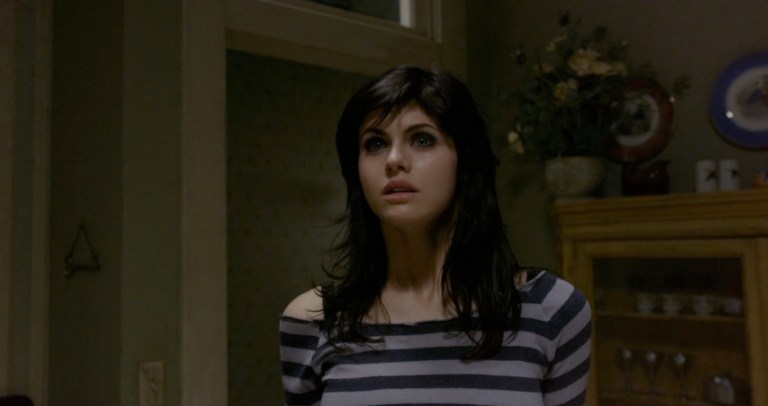
After the 1974 original movie, nine more films followed suit: The Texas Chainsaw Massacre 2 (1986), Leatherface: The Texas Chainsaw Massacre 3 (1990), Texas Chainsaw Massacre: The Next Generation (1995), the unreleased All American Massacre (2000), The Texas Chainsaw Massacre (2003), The Texas Chainsaw Massacre: The Beginning (2006), Texas Chainsaw 3D (2013), Leatherface (2017), and the requel, Texas Chainsaw Massacre (2022).
Halloween
Launch Year: 1978
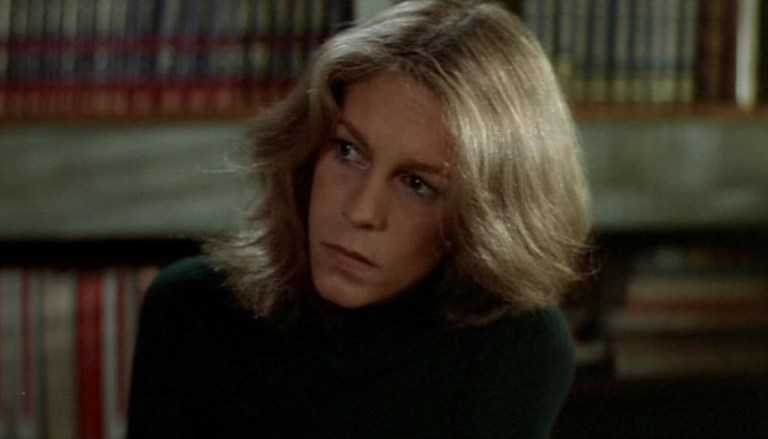
He only walks. Slow and steady. Michael Meyers never needs to run to catch his victims. He always lands his kill. And his agonizingly slow pace merely conveys his unwavering homicidal confidence. The original Halloween follows Myers 15 years after killing his sister. He escapes his mental institution and returns to his hometown to strike again.
Following the first film, the series went in every which way — often ignoring the narrative groundwork of earlier installments. Many Halloween films exist outside of canon, but they are nonetheless still a part of the franchise’s overall lore. The first film, which cemented Jamie Lee Curtis’s status as a scream queen, arguably remains the most celebrated.
The franchise includes 1978’s Halloween, Halloween 2 (1981), Halloween 3: Season of the Witch (1982), Halloween 4: The Return of Michael Meyers (1988), Halloween 5: The Revenge of Michael Meyers (1989), Halloween: The Curse of Michael Meyers (1995), Halloween H2O: 20 Years Later (1998), Halloween: Resurrection (2002), Halloween (2007), Rob Zombies Halloween 2 (2009), Halloween (2018), Halloween Kills (2021), and Halloween Ends (2022).
The four films (including the upcoming Halloween Ends) that pit Jamie Lee Curtis’s Laurie Strode against Michael Meyers are referred to by one or all of the following: The Halloween Saga, The Final Timeline, or The Saga of Michael Meyers and Laurie Strode.
Friday the 13th
Launch Year: 1980
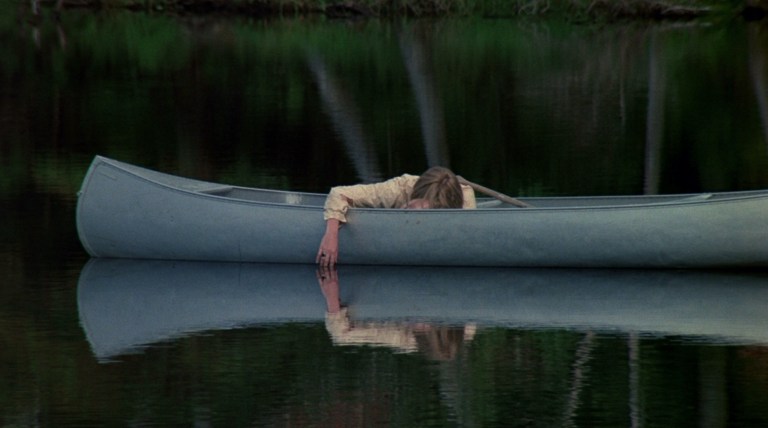
1980’s Friday the 13th, written to cash in on Halloween’s financial success, follows Jason Voorhes: a seemingly indestructible undead zombie. He was thought to have drowned at Camp Crystal Lake as a young boy due to camp staff negligence. However, he returns to the campgrounds decades later to wreak havoc. He brutally slaughters (via machete) anyone who stands in the way of avenging his mother’s death.
The Friday the 13th franchise includes Friday the 13th: The Art of Scare (1980), Friday the 13th Part 2 (1981), Friday the 13th Part 3 (1982), Friday the 13th Part 4: The Final Chapter (1984), Friday the 13th Part 5: A New Beginning (1985), Friday the 13th Part 6: Jason Lives (1986), Friday the 13th Part 7: The New Blood (1988), Friday the 13th Part 8: Jason Takes Manhattan (1989), Jason Goes to Hell: The Final Friday (1993), Jason X (2001), and Friday the 13th (2009). He also appears in 2003’s Freddy vs. Jason.
Though the Friday the 13th franchise is by no means horror ingenuity by modern standards, it sets out to get the adrenaline pumping through its audience’s veins, and it accomplishes just that.
The Evil Dead
Launch Year: 1981
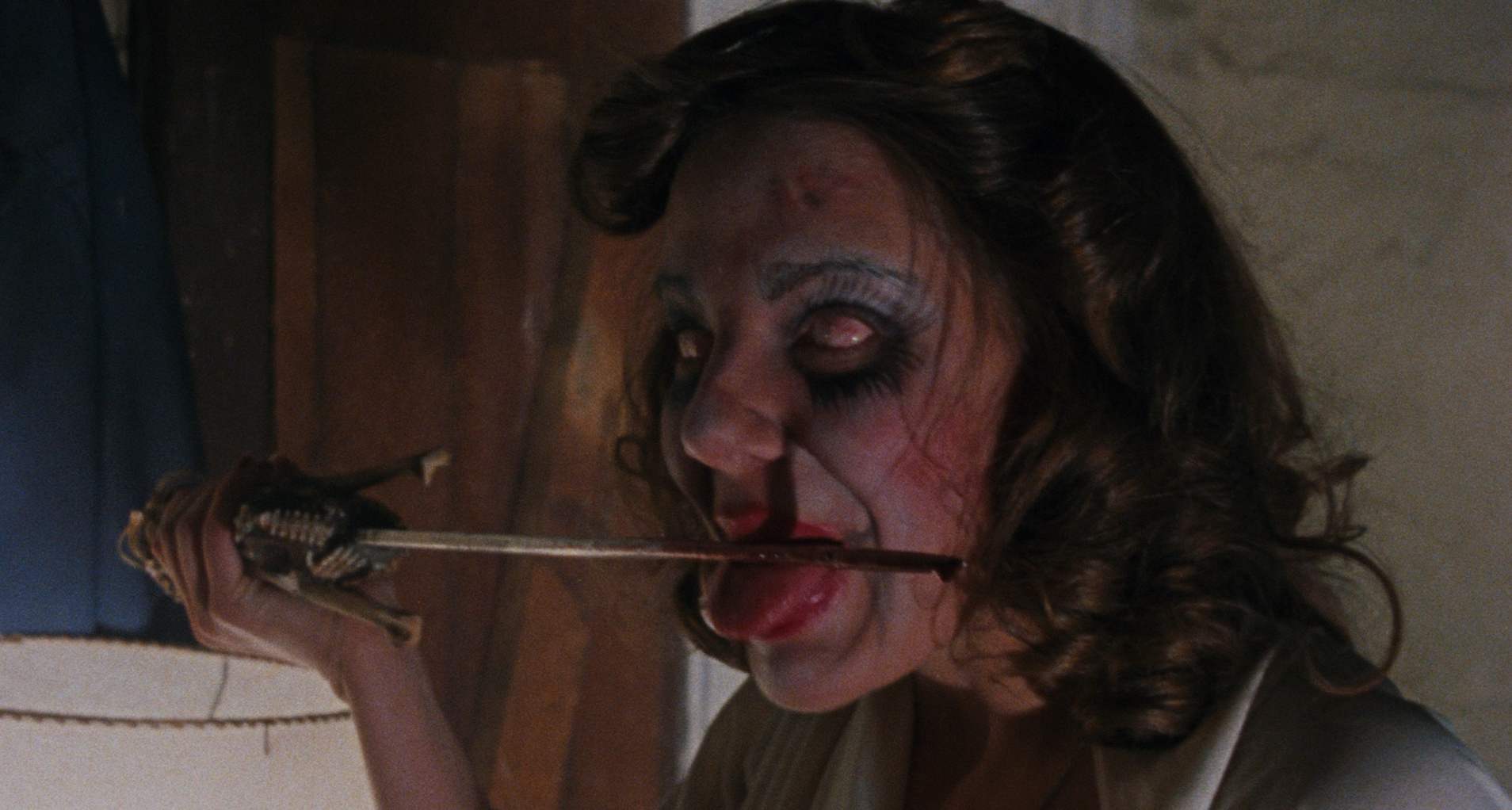
Sam Raimi, the genius behind the original Tobey Maguire-led Spider-Man, helmed The Evil Dead series, acting as both writer and director on the primary trilogy. The Evil Dead follows five friends who travel to a cabin in the woods (always a safe choice with reliable cell service), where they accidentally unleash an evil force that possesses people and turns them into murderous monsters.
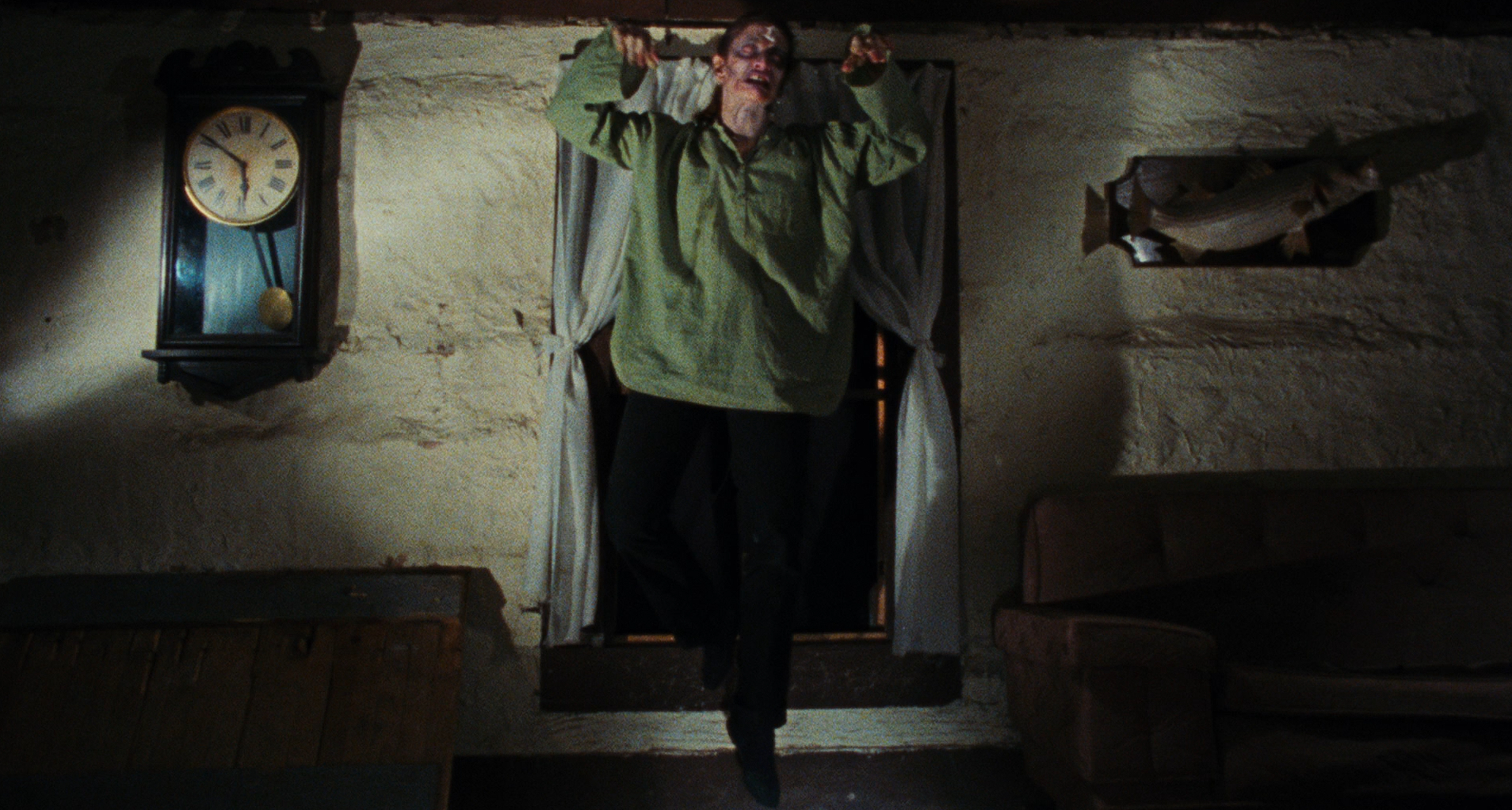
While the first film is primarily horror with occasional satirical elements, the second film ups the ante via slapstick and quippy one-liners. The primary trilogy centers Ash Williams (Bruce Campbell) — an everyday man who becomes an amusingly arrogant and embittered zombie slayer across time. Overall, the movies are a little bit ridiculous and a lot bit gory. Films include The Evil Dead (1981), Evil Dead 2 (1987), Army of Darkness (1992), and a 2013 remake, Evil Dead, directed by Fede Alvarez.
Capitalizing on the show’s ever-present legacy, Starz released a TV series in 2015, Ash vs. Evil Dead. The show takes place 30 years after the events of the first three films and features Bruce Campbell reprising his role as Ash Williams. The series opens with the former antihero living in a trailer, working at a “Value Stop,” and drinking alone in dive bars. However, he is soon forced to renounce his ordinary existence and challenge the Evil Dead to save humanity once more. The TV show is often credited for rounding out Ash’s character, providing much-needed three-dimensionality to the quipster. Director Sam Raimi returned to executive produce the series.
A Nightmare on Elm Street
Launch Year: 1984
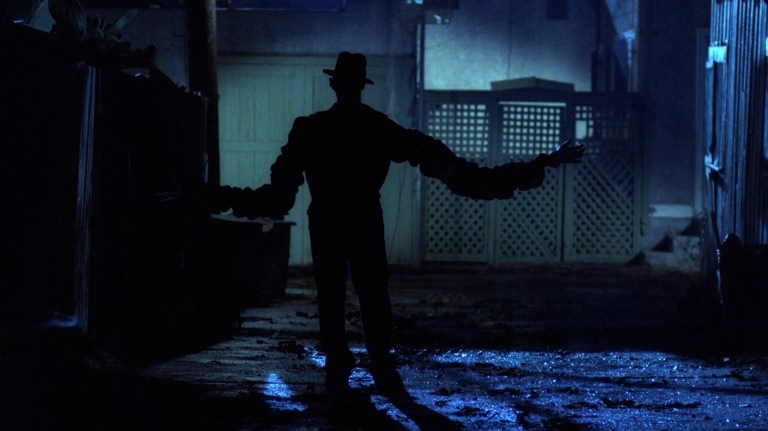
“One, two, Freddy’s coming for you,” a child’s voice sings in a hollow tone, warning those of the man who lurks in nightmares. Every worthwhile installment of A Nightmare on Elm Street stars Robert Englund as the twisted sadist Freddy Kreuger: A disfigured man who wears a glove adorned with knives that he uses to torture, maim, and murder his victims. Kreuger breaks into his victims’ subconsciouses and takes pleasure in the build-up to the kill, often delighting in puns followed by maniacal laughter.
The franchise includes the original 1984 A Nightmare on Elm Street, A Nightmare on Elm Street: Freddy’s Revenge (1985), A Nightmare on Elm Street: Dream Warriors (1987), A Nightmare on Elm Street: The Dream Master (1988), A Nightmare on Elm Street: The Dream Child (1989), Freddy’s Dead: The Final Nightmare (1991), and New Nightmare (1994). Englund’s Kreuger also appears in 2003’s Freddy vs. Jason and a two-season series Freddy’s Nightmares (1988).
Jackie Earle Haley took a swing at the title character in the 2010 reimagining of A Nightmare on Elm Street. His Freddy was more sinister (leaving all remnants of camp and playful banter aside). Unfortunately, the film lacked narrative originality—and with a flamboyant Englund amiss—it just couldn’t compete with its predecessors.
Child’s Play
Launch Year: 1988
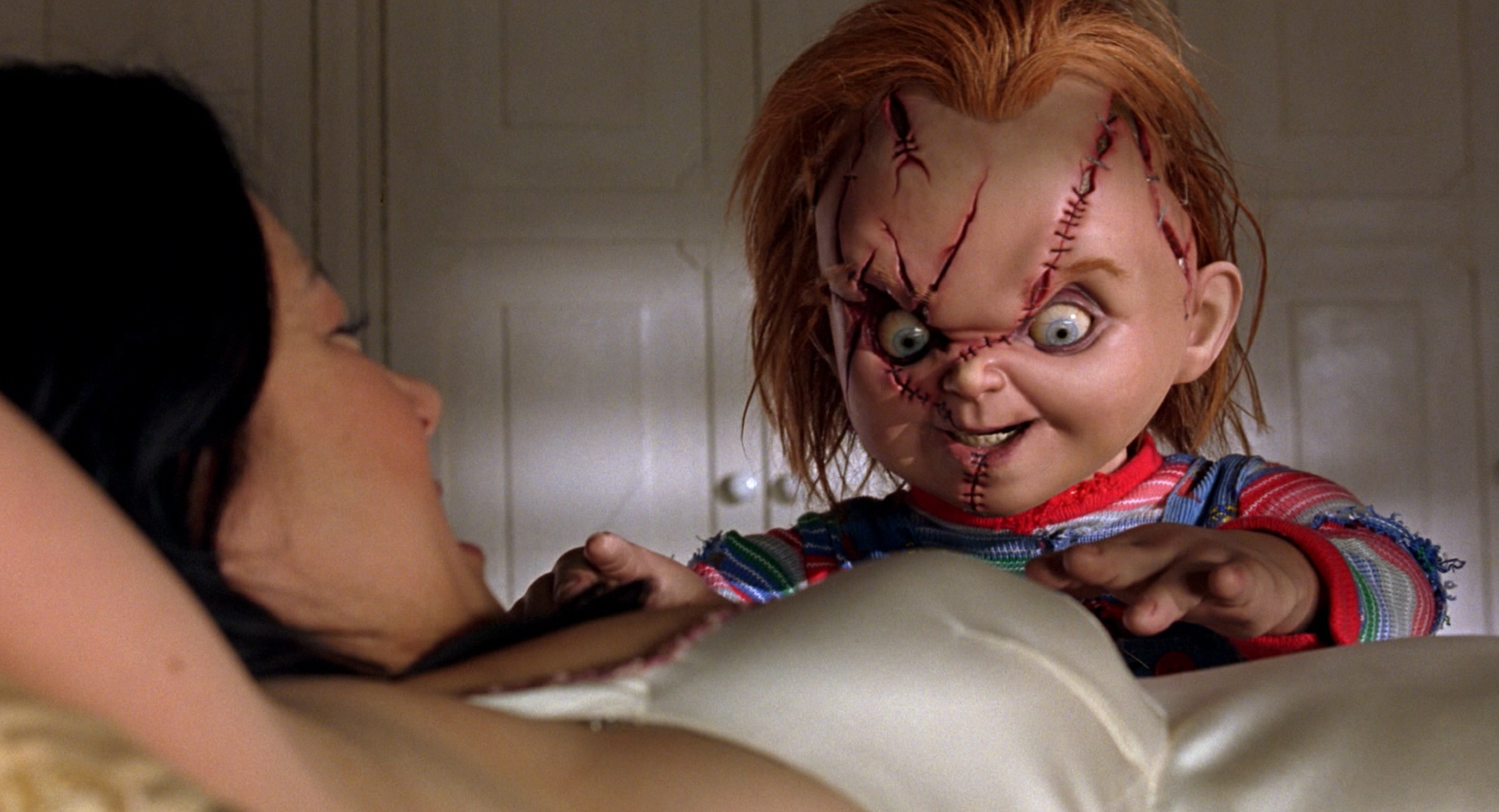
Somehow, a doll that can’t bends its legs and stands 30 inches tall has become a cult horror character. Maybe that has something to do with Brad Douriff’s convincing voice-over work, for he transforms a lifeless doll into the notoriously sex-crazed, loud-mouthed misogynist with a hunger for blood.
In the 1988 film Child’s Play, Chucky, short for Charles Lee Ray — a name famously inspired by killers Charles Manson, Lee Harvey Oswald, and James Earl Ray — evades death by transferring his soul into a Good Guy doll. He then goes on a killing spree in doll form, wielding a knife in a hand that doesn’t seem equipped with movable fingers.
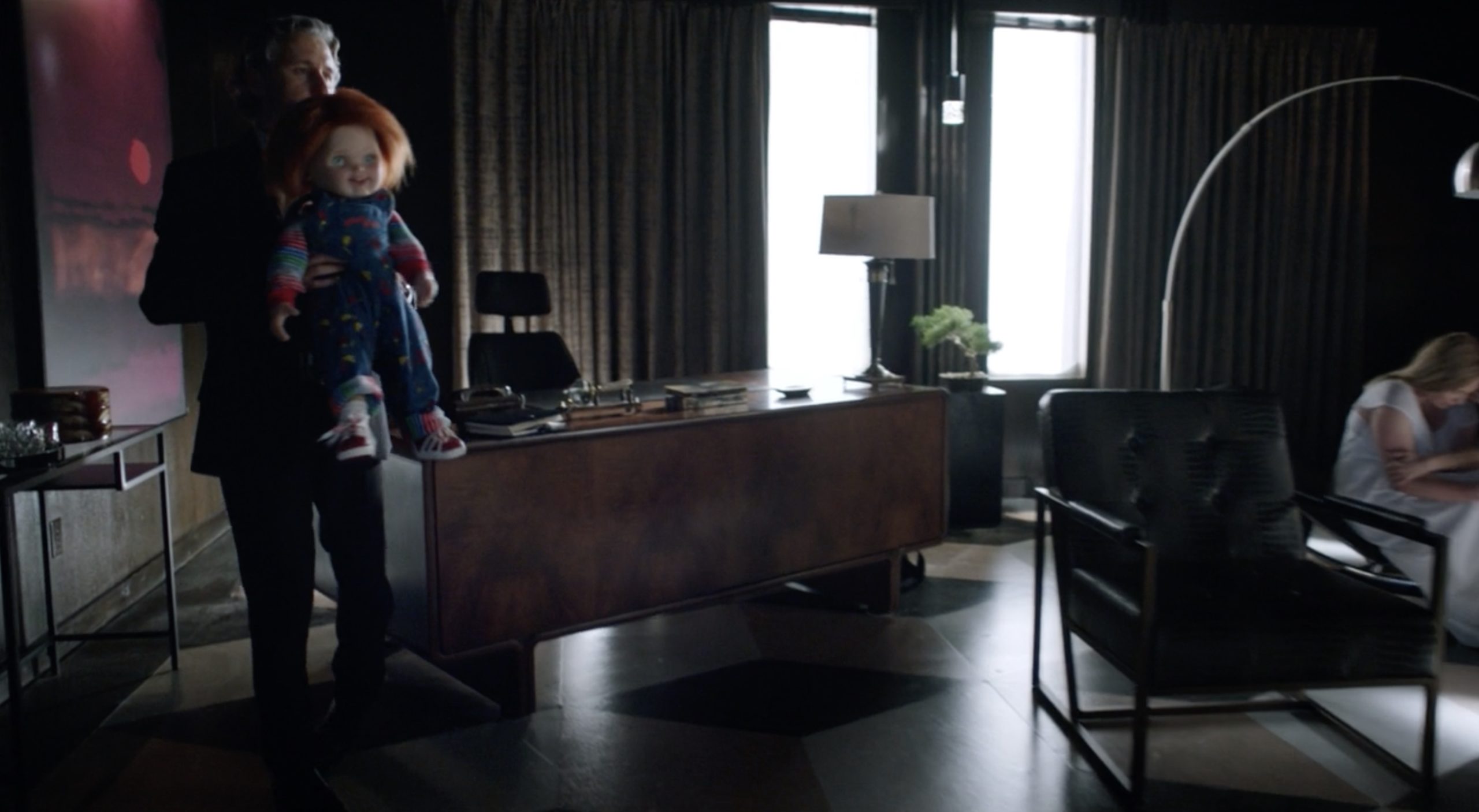
The franchise includes Child’s Play, Child’s Play 2 (1990), Child’s Play 3 (1991), Bride of Chucky (1998), Seed of Chucky (2004), Curse of Chucky (2013), and Cult of Chucky (2017). A 2019 remake of the original film also exists, but the movie opts for A.I. disaster over demonic possession. In this film, Chucky is not a serial killer but rather a switchboard gone awry.
The sci-fi network released a Chucky series in 2021. In the show, Chucky comes to the aid of a bullied and abused child, keeping his murderous motives at bay until the time is right. Though offering a fresh storyline, the series remains true to Chucky’s grotesque proclivities, nimbly balancing originality with homage. Brad Douriff also returned to voice the character.
It
Launch Year: 1990
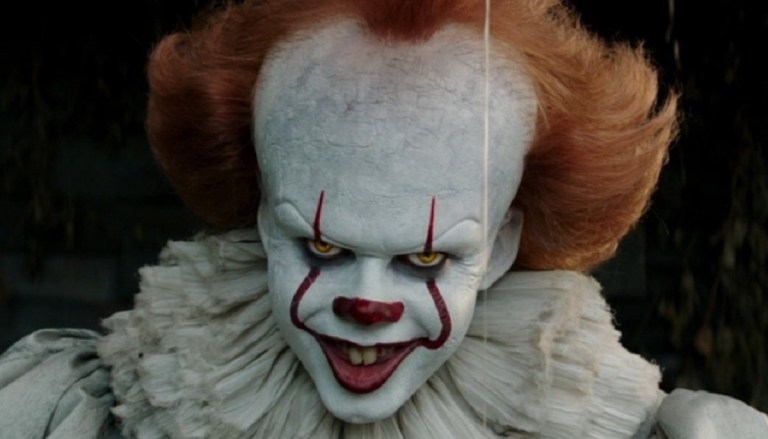
A creepy voice echoes from the sewer, beckoning children to come and play. And all those who dare to near the underground lurker are in grave danger. The primary antagonist is Pennywise the Clown, and underneath the facepaint and innocent costume is a demon who prays on children. A demon who eats children.
The 1990 miniseries stars Tim Curry in a career-defining moment, for his take on Pennywise is an unsettling combination of playfulness and deception. His laugh and his gaze expose his hunger, but his pointed yellow teeth expose his cannibalistic intentions.
In 2017, a cinematic remake of the original series premiered. The film, starring Bill Skarsgård as Pennywise the Clown, took a more sinister approach and upped the ante concerning graphics. A sequel titled It: Chapter Two premiered in 2019. Both the original series and the two-part cinematic installment follow a group of kids who are at-first victims, but three decades later, become the very adults committed to ending the clown’s reign of terror.
Hannibal Lecter
Launch Year: 1991
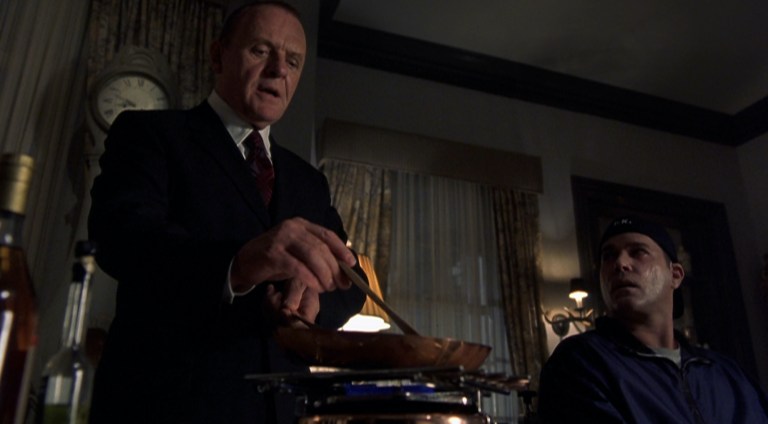
One of the most quoted lines in cinematic history — “I ate his liver with some fave beans and a nice chianti” — comes straight out of Hannibal Lecter’s mouth in The Silence of the Lambs (1991). Anthony Hopkins, with unnerving diction, a steady speech pattern, and a blank perceptive stare, brings the cannibal to life in terrifying fashion.
Hopkins went on to play Lecter in two more films: Hannibal (2001) and Red Dragon (2002). Gaspard Ulliel portrays Hannibal in the 2007 film Hannibal Rising. The franchise commences with FBI trainee Clarice (Jodie Foster), who is hunting serial killer Buffalo Bill. She must seek the advice of the imprisoned former psychiatrist Dr. Hannibal Lecter to catch the man. Yet, Clarice could not prepare for how efficiently Lecter would weave a web of deception around her. Following the premiere film, the franchise leads to Lecter’s escape, more serial killers, and a prequel. Hopkins and Foster won Oscars for Best Actor and Best Actress respectively in 1992, with many noting their chill-inducing chemistry as one of the film’s strongest assets. There was also Hannibal, a TV show that aired on NBC and spanned 3 seasons from 2013 to 2015.
Scream
Launch Year: 1996
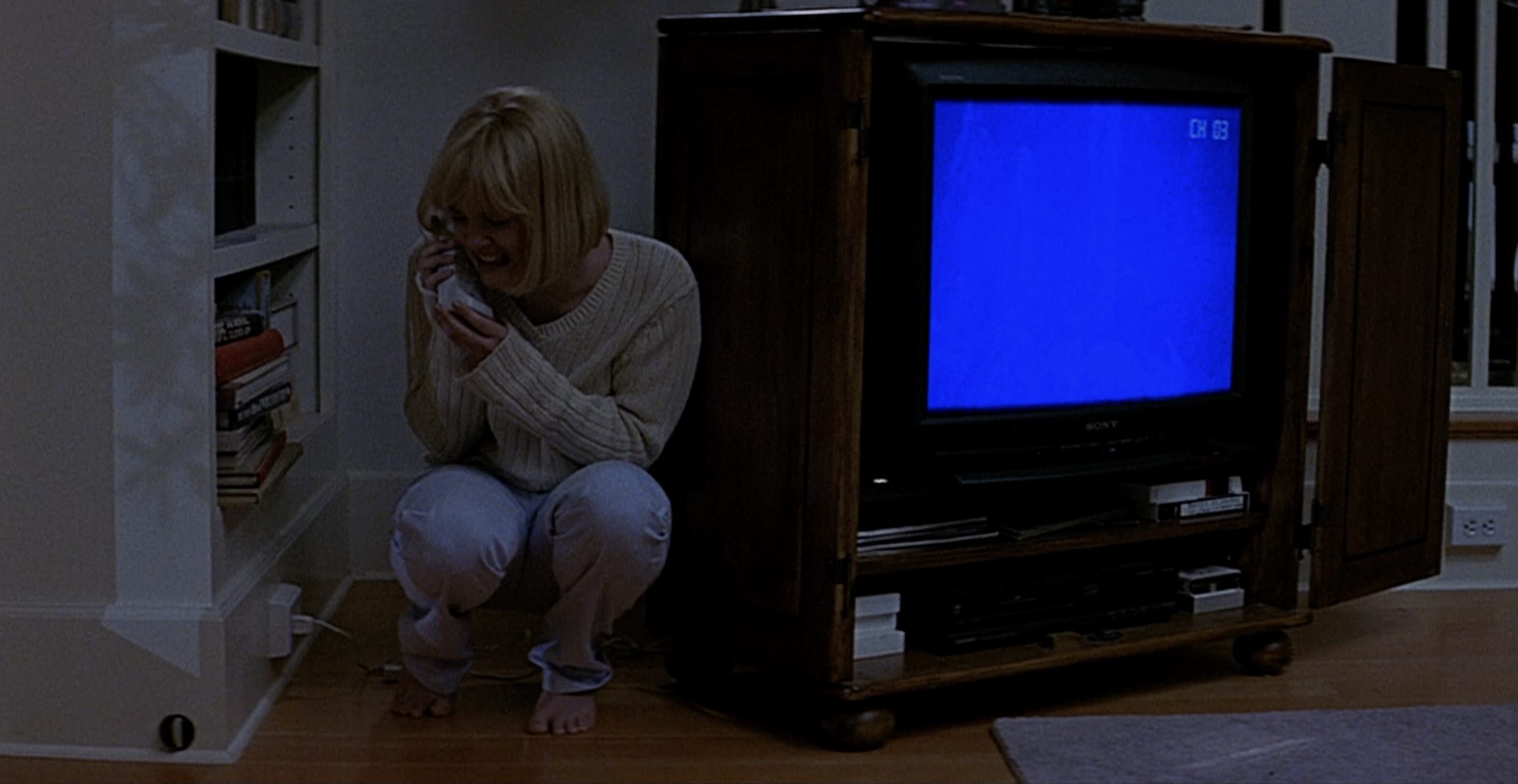
Someone call reporter Gale Weathers. Ghostface is killing kids again. And who could be behind the mask this time? Is it one killer? Maybe two? Scream is a self-referential horror franchise. In short, those in danger of falling victim to Ghostface’s killing spree use all the tropes inherent to the horror genre to try to stay alive. The killer — often a horror movie connoisseur — works to outsmart his victims along his homicidal journey.

The Scream franchise includes five movies (1996—2022) and an untitled sixth movie currently in the works. Courtney Cox’s Gale Weathers is a victim turned hero in the series, and she has appeared in every cinematic installment thus far. There was also a television show that ran on MTV for three seasons from 2015 to 2019.
The first Scream installment, which premiered in 1996, remains rather memorable for its bold opening sequence. The writers killed off Drew Barrymore’s Casey Becker in the first few moments, surprising viewers as the actress had been promoted as a primary protagonist leading up to the premiere. This shocking strategy has since been used in movies like Contagion (2011) and Feast (2005), but 1960’s Psycho holds credit for catalyzing the trend.
Final Destination
Launch Year: 2000
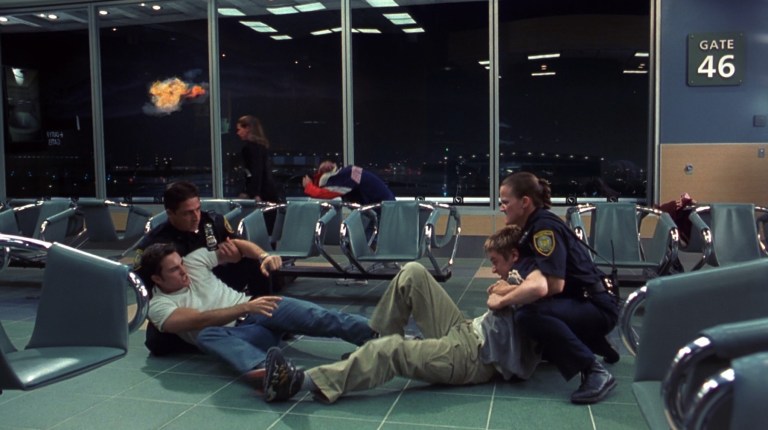
The concept that carries Final Destination is so intriguing in its utter simplicity: no one can escape death. The franchise is based on an unproduced script for The X Files by Jeffrey Reddick.
The 2000 film Final Destination features a group of college friends who evade death when one has a premonition that their plane to Europe will crash. Though the clairvoyant one tries to warn all those on the plane, he and his friends are escorted off (obviously seeming a little unwell).

Weeks after the plane crashes, each college student mysteriously begins to die. The following films — Final Destination 2 and 3 (2003, 2006), The Final Destination (2009), and Final Destination Five (2011) all follow the same formula. So, if each installment is virtually synonymous, what keeps bringing viewers back for more? It’s unquestionably the absurd and clever ways the writers put the grim reaper to work. An acupuncture accident, a rickety rollercoaster, and botched eye surgery only scratch the surface of this franchise’s artful dealings with death.
Saw
Launch Year: 2004

John “Jigsaw” Kramer is the depraved baddie in the Saw franchise. Rather than simply killing his victims, he traps them in dire situations he calls “tests,” believing that if they make it out alive, they will be “rehabilitated.” The franchise is known for its extremely twisted evaluations and a quite unnerving level of gore.
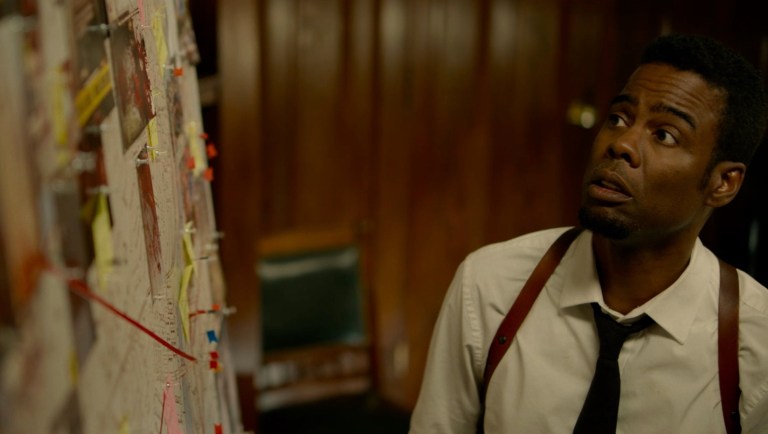
The franchise consists of nine movies: Saw (2004), Saw 2—6 (2005—2009), Saw: The Final Chapter (2010), Jigsaw (2017), and Spiral: The Book of Saw (2021). The early films focus on Jigsaw, but later installments highlight his posthumous influence, following his apprentices and placing him in the narrative via flashbacks. Spiral, the last film in the franchise, hones in on a copycat killer. While the 2004 movie leans into the psychological aspects of horror, the concept does grow a bit stale over time; thus, later installments rely more heavily on blood-splattering cinematics to maintain intrigue.
Insidious
Launch Year: 2011
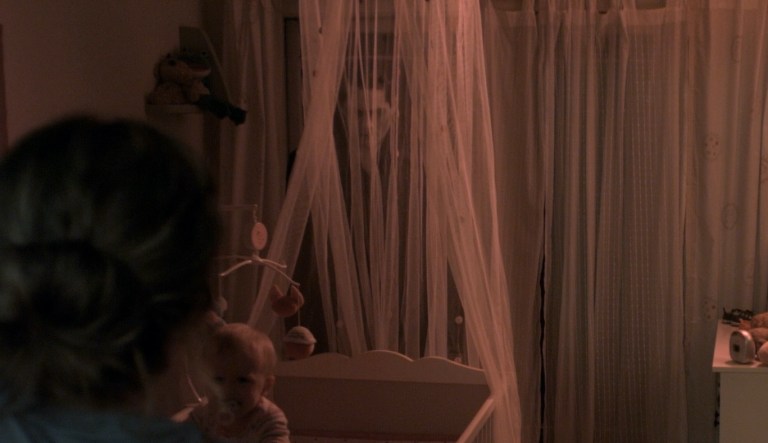
With an eerie atmosphere and well-placed jump scares, Insidious keeps viewers afraid of what lurks in their peripheral vision. The initial story follows a couple whose son mysteriously enters a coma and becomes a vessel for malevolent entities living in an astral plane.
The franchise explores the Lambert family’s connection to the spirit world in the first two films: Insidious (2010) and Insidious: Chapter 2 (2013). Two prequels, Insidious: Chapter 3 (2015) and Insidious: The Last Key (2018), follow the Rainer family a few years before the events of the prior films.
Though some have ridiculed the films for their simplistic plots and basic horror contrivances, they have been applauded for scaring the bejesus out viewers via tactful suspense mechanisms.
The Purge
Launch Year: 2013
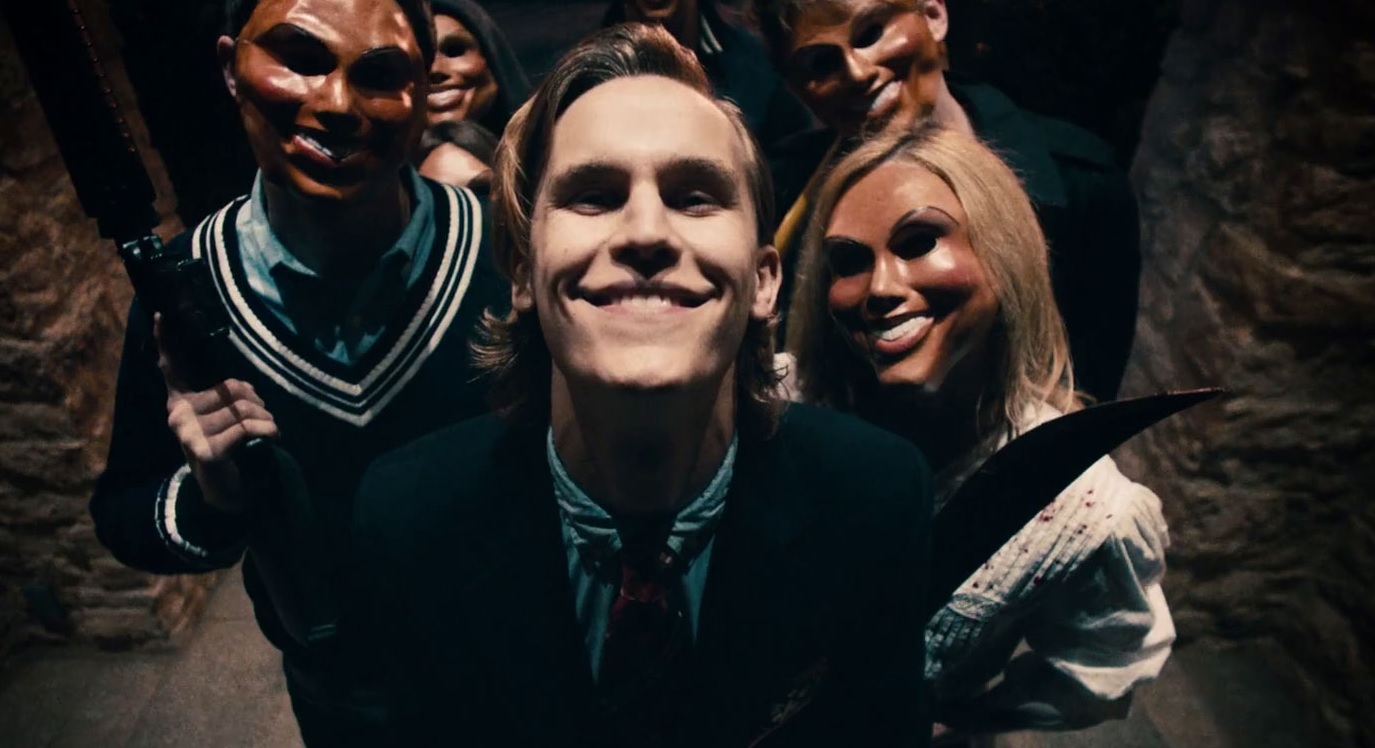
One night: no laws. One night, each year: murderers and criminals take to the streets for 12 hours to satiate their dark impulses that subsist beneath the surface. The annual holiday is called The Purge, and it is a controversial method to keep crime rates down in a not-so-distant dystopian future.
The franchise places social allegory within the confines of a thriller, pointing a finger (or should we say gun?) at political conservatives. It has lofty ambitions, and it sometimes reaches them. Yet, where the commentary falls flat, the scares rise to the occasion.
The franchise consists of The Purge (2013), The Purge Anarchy (2014), The Purge: Election Year (2016), The First Purge (2018), and The Forever Purge (2021). A TV series also ran for two seasons on USA Network from 2018 to 2019.
The Conjuring
Launch Year: 2013
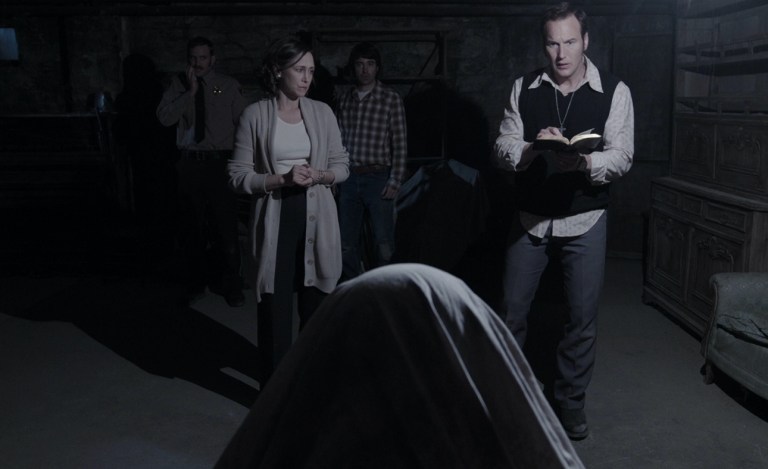
The Conjuring franchise is rather widescale, encompassing eight different cinematic installments based on the real-life paranormal investigations of Ed and Lorraine Warren. The main series follows the couple’s attempts to assist those who find themselves haunted by demonic spirits. The Conjuring, The Conjuring 2, and The Conjuring: The Devil Made Me Do It encompass the film’s primary trilogy.
The Annabelle franchise, which consists of Annabelle, Annabelle: Creation, and Annabelle: Comes Home, is also a part of The Conjuring Universe. These films focus on a reportedly haunted Raggedy Anne doll (housed in the now-closed occult museum belonging to Ed and Lorraine Warren).
2018’s The Nun is a spin-off/prequel to 2016’s The Conjuring 2, and it chronicles the investigation that follows the death of a young nun. Many also consider 2019’s The Curse of La Llorona to be a part of The Conjuring Universe, even though it was made without any input from producers involved in The Conjuring franchise. The movie follows a mother who must protect her children from a spirit trying to steal them.
To watch this franchise in chronological order:
- The Nun (2018)
- Annabelle: Creation (2017)
- Annabelle (2014)
- The Conjuring (2013)
- Annabelle: Comes Home (2019)
- The Curse of La Llorona (2019)
- The Conjuring 2 (2016)
- The Conjuring: The Devil Made Me Do It (2021)
More Frightful Franchises
- Paranormal Activity (2007 — 2021) The camcorder-style supernatural franchise has kept viewers on edge for over a decade. The films often rely on unpredictable jump scares and strong spiritual forces capable of great physical harm.
- Hellraiser (1987 — 2018) The film series involves a mystical puzzle and the summoning of sadomasochistic beings who cannot differentiate pain from pleasure. It’s equal parts uncomfortable and uncanny.
- The Shining (1980 & 2019) The Shining franchise consists of only two films based on Stephen King novels. The first stars Jack Nicholson as Jack Torrance: an innocent man who attacks his family after falling victim to a vacation home’s sinister presence. The sequel takes place years after the original and follows Torrance’s son, who must now protect a girl with supernatural powers akin to his own.
- Slumber Party Massacre (1982—1990) In this franchise, slumber parties consistently take a turn to the dark and gory when serial killers come hunting innocent girls.
- The Exorcist (1971—2005) Demonic possession never goes out of style, and 1971’s The Exorcist has seen a handful of prequels, sequels, and even a television take calling on priests to exorcise evil spirits. “The power of Christ compels you!”
Frequently Asked Questions
What is the most successful horror movie series?
The Conjuring universe is the highest grossing horror franchise, making well over $2 billion at the box office between all eight movies.
If you measure success by longevity of the series, The Texas Chainsaw franchise is likely the winner. The Texas Chain Saw Massacre was released in 1974, and Texas Chainsaw Massacre was released in 2022, making it a 48-year-old series. Though, if you consider The Invisible Man (2020) as being in the same franchise as The Invisible Man (1933), that franchise holds a longevity record that could probably only be beat with a modern remake of Dracula (1932).
Who is the biggest horror killer?
For the horror killer with the most kills, Pinhead from the Hellraiser series is surprisingly at the champ. That is thanks largely to Hellraiser III: Hell on Earth (1992) in which Pinhead kills nearly 250 people during one scene inside of a nightclub. Michael Myers and Jason Voorhees each have totals around 150, making them the runners-up.
